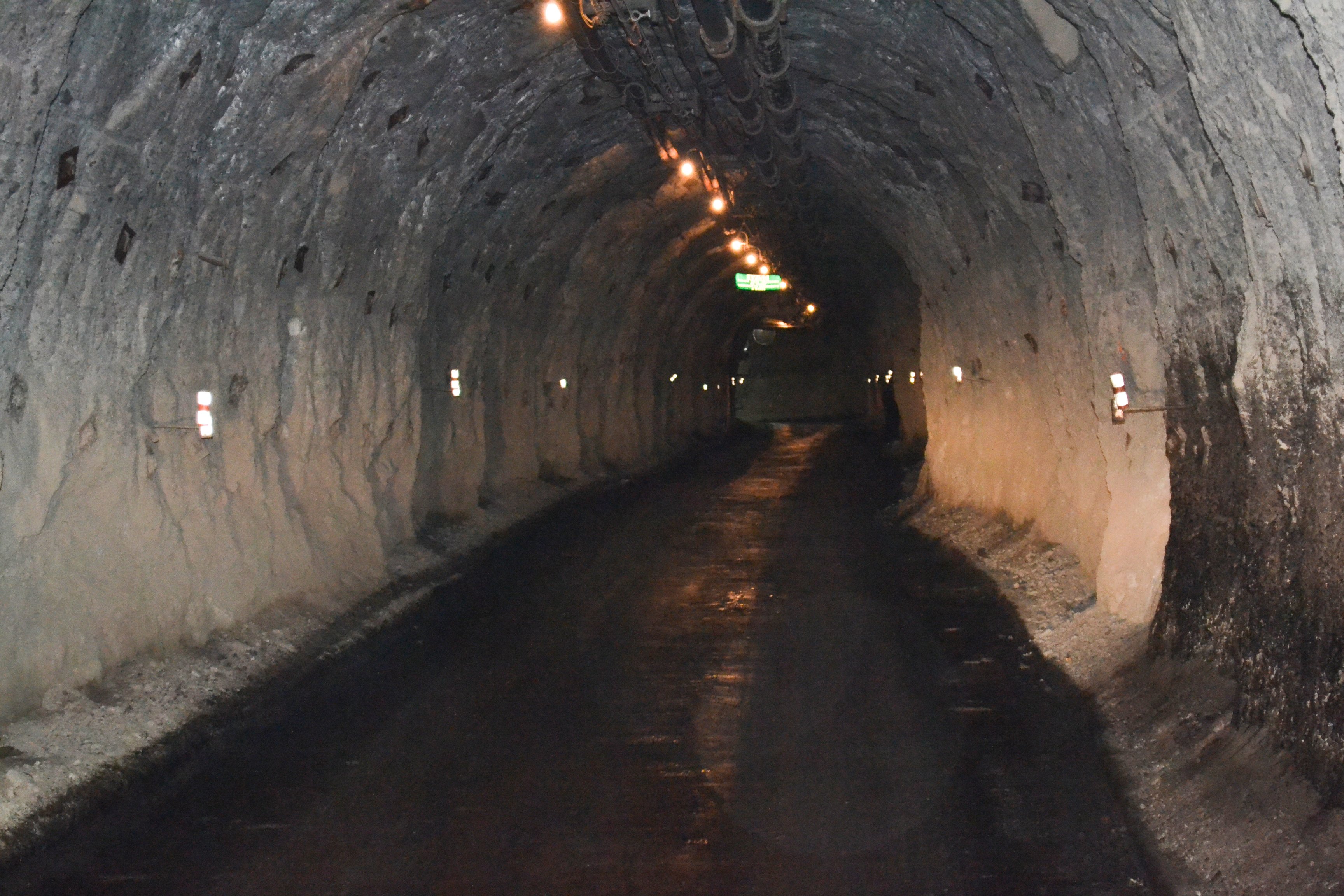Why improving underground mine dust levels needn’t be an uphill battle.

One of the biggest perennial problems faced by underground managers, supervisors, HSE officers and workers themselves is dust suppression.
Working in confined spaces with limited atmosphere, and so much activity going on – blasting, drilling, emissions from vehicles hauling overburden over dusty roads, etc – maintaining adequate clean air supply is critical.
Whilst effective primary and secondary ventilation systems are of utmost importance in extracting or diluting the mine of contaminants such as dangerous & volatile fumes and toxic gases, dust control management (dust prevention and dust suppression) is also paramount – especially for combating insidious diseases such as black lung disease (coal workers pneumoconiosis) and other respiratory diseases.
Dust control management – one less thing to worry about.
By their very nature, underground mines are extremely dangerous places.
As well as exposure to methane, hydrocarbons, carbon dioxide, carbon monoxide, sulphur dioxide, ammonia, hydrogen sulphide, and radon, there is also the ever-present danger of spontaneous combustion in some underground mines.
The effect of diesel emissions in underground mines is another well-documented health problem that must be dealt with.
On top of that, fine dust inhalation is the cause of many respiratory diseases, including black lung, emphysema, lung cancer and other complaints stemming from dust in lungs.
Fortunately with due diligence, and the right systems and dust control products, errant dust can be overcome, so miners disease is one less thing to worry about.
Dust-A-Side Australia has vast experience in this field and we have been providing solutions to dust problems in underground mines since the early 1970s. As part of our service offering, we have developed a proprietary “3 Stage Process” to help you improve the dust-related air quality of your underground mine.
The first stage of this process is to conduct a thorough visual inspection of your underground operation and ascertain the main cause and scope of your potential problem, be it dust caused by vehicles travelling on untreated roads, transfer points on conveyors, drilling, or other source.
At this stage, we would identify your biggest dust suppression problem areas and benchmark them for future comparisons.
Following that, we would design and recommend the engineered solution(s) to help you achieve the best outcomes. This could include dust prevention techniques such as:
- underground road management
- low pressure systems that add moisture to materials on conveyors, or
- sealing of underground walls and roads, for example.
It could also comprise dust suppression techniques such as high pressure misting systems, use of dust suppressants on roads or during drilling, as an example.
One thing we won’t recommend is that dust control on your underground mine be seen as a one-off exercise; dust never sleeps and one has to be ever-vigilant.
Our on-going dust management service will therefore ensure that you continue to remain in control of your underground dust as your operation evolves over time.
For more information about improving the dust levels at your underground mine, speak to a member of our engineering team today on 1800 662 387, or simply click here to contact us.



